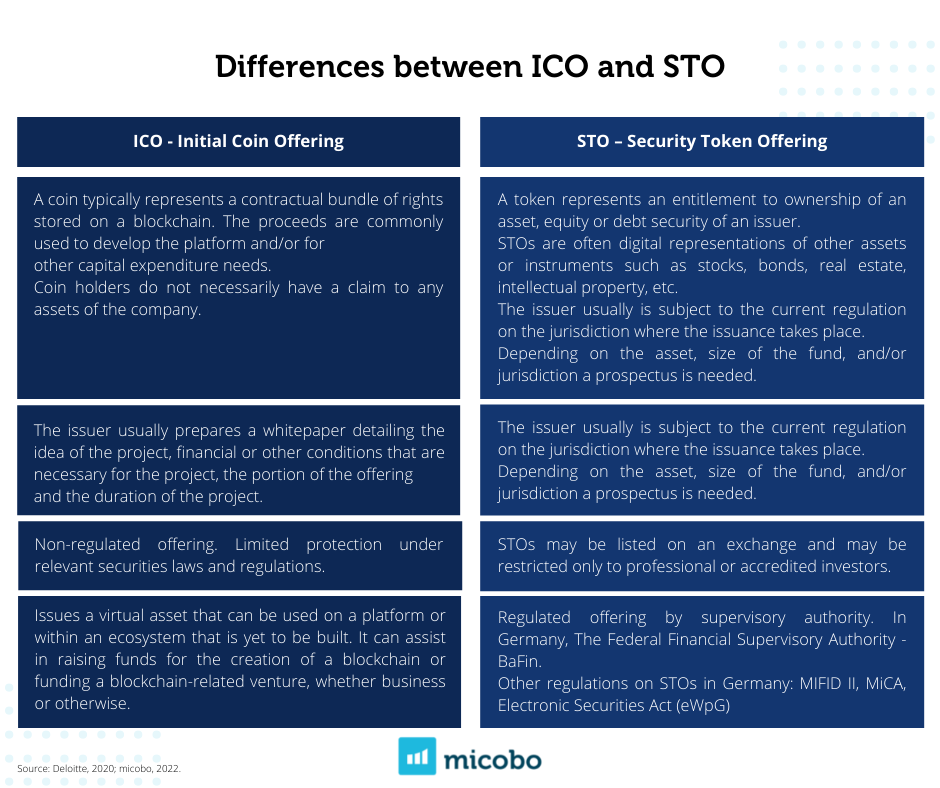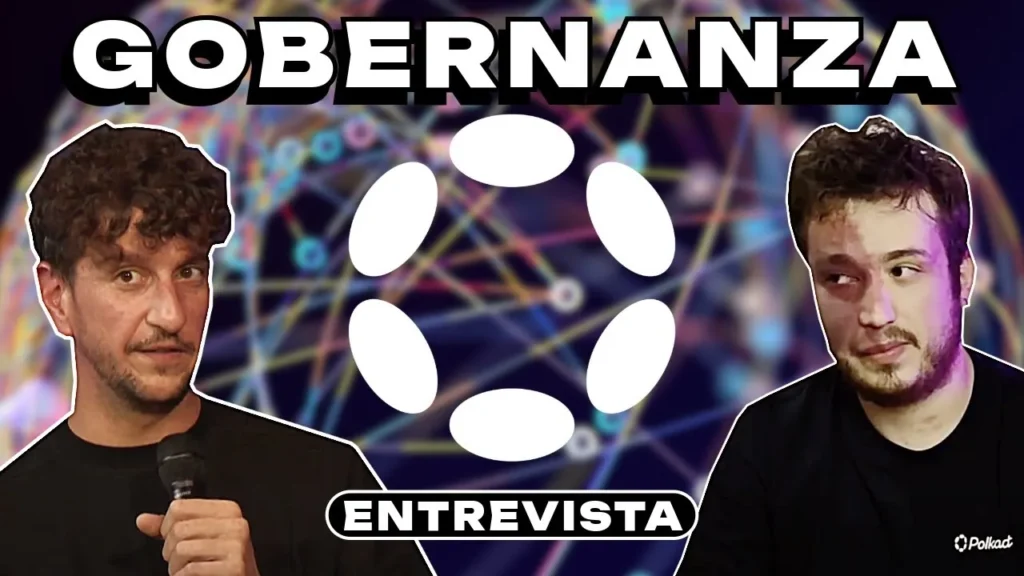Stellar: Revolutionizing Cross-Border Payments and Financial Inclusion
Introduction to Stellar
Stellar is a decentralized, open-source blockchain network designed to facilitate fast, low-cost cross-border transactions and improve financial inclusion worldwide. Launched in 2014 by Jed McCaleb, co-founder of Ripple, and Joyce Kim, Stellar aims to connect banks, payment systems, and individuals—enabling seamless money transfers between different currencies and financial institutions. Unlike many cryptocurrencies focused solely on speculation, Stellar prioritizes real-world utility, making it a standout project in the blockchain space.
The Technology Behind Stellar
Stellar Consensus Protocol (SCP)
At the heart of Stellar lies the Stellar Consensus Protocol (SCP), a unique consensus mechanism that allows for secure and efficient transaction validation without relying on energy-intensive mining like Bitcoin. SCP is based on the Federated Byzantine Agreement (FBA), which enables nodes to reach consensus quickly and with minimal energy consumption. This makes Stellar highly scalable and eco-friendly compared to proof-of-work-based blockchains.
Lumens (XLM): The Native Cryptocurrency
Stellar’s native cryptocurrency, Lumens (XLM), plays a crucial role in the network. XLM serves as a bridge currency, allowing users to exchange different fiat currencies or assets seamlessly. Each transaction on the Stellar network requires a minimal fee (0.00001 XLM) to prevent spam, ensuring that the network remains efficient and accessible. Additionally, holding a small amount of XLM is necessary to create wallets or trade assets, further embedding its utility within the ecosystem.
Anchors and the Stellar Network
Anchors are trusted entities on the Stellar network that issue and redeem assets, such as stablecoins or tokenized fiat. They act as bridges between traditional financial systems and the blockchain, enabling users to deposit and withdraw funds seamlessly. Thanks to anchors, Stellar can support a wide range of financial instruments, from remittances to micropayments.
Use Cases of Stellar
Cross-Border Payments
One of Stellar’s primary use cases is facilitating low-cost, near-instant cross-border payments. Traditional international transfers can be slow and expensive due to intermediary banks and currency conversion fees. Stellar eliminates these inefficiencies by allowing direct peer-to-peer transactions across borders, with settlement times of just a few seconds and minimal costs. Companies like IBM have leveraged Stellar’s technology for projects such as World Wire, a global payments network.
Financial Inclusion
Stellar is also a powerful tool for promoting financial inclusion. Many people worldwide lack access to traditional banking services, but with Stellar, all that’s needed is a smartphone and internet connection to participate in the global economy. Projects like the Stellar-based microlending platform DSTOQ and the humanitarian aid initiative with the UN’s World Food Programme (WFP) demonstrate how blockchain can empower underserved communities.
Tokenization of Assets
The Stellar network supports the creation and transfer of tokenized assets, including stablecoins, equities, and even loyalty points. This capability opens up new possibilities for businesses seeking to tokenize real-world assets, enabling fractional ownership and seamless trading on a global scale.
Stellar vs. Competitors
Stellar vs. Ripple (XRP)
Given that Jed McCaleb co-founded both Stellar and Ripple, comparisons between the two are inevitable. While both focus on cross-border payments, Ripple primarily targets banks and large financial institutions with its centralized approach. Stellar, on the other hand, is more decentralized and oriented toward individual users and smaller enterprises. Additionally, Stellar’s focus on financial inclusion sets it apart from Ripple’s heavier emphasis on enterprise solutions.
Stellar vs. Ethereum
Ethereum is a versatile smart contract platform that supports decentralized applications (dApps), while Stellar is more specialized for payments and asset issuance. Stellar’s consensus mechanism is faster and more energy-efficient, making it ideal for high-speed transactions. However, Ethereum’s flexibility and robust developer ecosystem give it an edge in decentralized finance (DeFi) and complex smart contract applications.
Challenges and Criticisms
Despite its strengths, Stellar faces challenges. Regulatory uncertainty around cryptocurrencies globally could impact its growth, particularly in regions with strict financial laws. Additionally, while Stellar is more decentralized than Ripple, it still relies on trusted anchors, which introduces a degree of centralization. Some critics also argue that the project’s adoption has been slower than expected, given its ambitious goals.
Future Outlook for Stellar
Stellar’s team continues to push for global adoption through partnerships with financial institutions, NGOs, and tech companies. The Stellar Development Foundation (SDF), the nonprofit organization overseeing the network’s growth, actively funds projects that align with its mission of financial accessibility.
As blockchain technology evolves and demand for efficient cross-border payments grows, Stellar is well-positioned to become a key player in the digital economy. Its emphasis on inclusivity, sustainability, and real-world applications makes it a compelling choice for individuals and businesses alike.
(To be continued...)
Partnerships and Real-World Adoption of Stellar
One of the strongest indicators of Stellar’s potential is its growing list of high-profile partnerships. These collaborations demonstrate how blockchain technology can be integrated into existing financial systems to improve efficiency and accessibility.
IBM and World Wire
One of the most significant partnerships in Stellar’s history was with IBM. Through IBM’s blockchain division, Stellar-powered World Wire aimed to revolutionize international payments for banks and financial institutions. World Wire allowed institutions to settle cross-border transactions in near real-time using stablecoins or other digital assets on the Stellar network. Though IBM eventually scaled back its blockchain ventures, the initiative proved that Stellar’s technology was viable for enterprise-level financial solutions.
Cooperation with Central Banks
Stellar has also explored collaborations with central banks exploring digital currencies. The Stellar Development Foundation (SDF) has engaged in discussions with governments regarding central bank digital currencies (CBDCs), leveraging Stellar’s fast and low-cost infrastructure for sovereign digital money. These efforts position Stellar as a potential backbone for future national and international digital currency systems.
Humanitarian Aid and Financial Inclusion
Stellar’s focus on financial inclusion has led to impactful partnerships with humanitarian organizations. The United Nations World Food Programme (WFP) tested Stellar’s blockchain to distribute aid to refugees in Jordan, reducing fees and transaction delays. Additionally, organizations like Wyre and TEMPO have used Stellar to facilitate remittances in developing nations, empowering unbanked populations with affordable financial services.
Stellar and Stablecoins
Stellar’s network has become a popular choice for stablecoin issuers due to its speed and low transaction costs. Companies like Circle (USDC) initially launched their stablecoin on Stellar before expanding to other blockchains. The presence of reliable stablecoins on Stellar enhances its utility for cross-border payments, hedging against volatility while maintaining blockchain efficiency.
Stellar’s Ecosystem and Developer Tools
For any blockchain to succeed, a robust developer ecosystem is crucial. Stellar offers a suite of tools and resources that make it easier for developers to build financial applications on its network.
Stellar SDKs and APIs
Stellar provides Software Development Kits (SDKs) for multiple programming languages, including JavaScript, Java, and Python. These tools simplify the process of integrating Stellar’s blockchain into applications. Additionally, Horizon, Stellar’s RESTful API, allows developers to interact with the network, query transaction history, and submit payments programmatically.
Smart Contracts with Stellar
While Stellar does not support Turing-complete smart contracts like Ethereum, it offers simple, deterministic smart contracts for escrow, multi-signature wallets, and time-based transactions. Stellar’s approach ensures reliability and security, avoiding the complexities and vulnerabilities associated with more intricate smart contract platforms.
Stellar Quest: Engaging Developers
To foster community engagement, the Stellar Development Foundation launched Stellar Quest, a gamified learning platform where developers solve challenges to earn XLM rewards. This initiative helps newcomers understand Stellar’s technology while incentivizing active participation in the network.
Stellar’s Governance and the Stellar Development Foundation
The Stellar Development Foundation (SDF) plays a central role in guiding the network’s evolution. Unlike traditional corporate structures, SDF operates as a nonprofit, aligning its goals with the long-term success of the Stellar ecosystem.
SDF’s Mandate and Vision
SDF’s primary mission is to promote financial access and inclusion through the Stellar network. Unlike many blockchain projects driven by profit motives, SDF reinvests its resources into ecosystem development, partnerships, and educational initiatives.
Decentralization and Community Involvement
Although Stellar is more decentralized than Ripple, SDF retains significant influence over network upgrades and governance. However, efforts have been made to involve the community in decision-making, such as public discussions on protocol changes and funding allocations for ecosystem projects.
XLM Distribution and Inflation
Initially, Stellar had an inflation mechanism that distributed new XLM to holders and projects via community voting. However, in 2019, SDF discontinued inflation to simplify the economic model and improve regulatory clarity. Approximately 50 billion XLM were initially created, with the circulating supply gradually increasing through controlled releases.
Stellar’s Market Performance and Investment Potential
As with any cryptocurrency, Stellar’s market performance has seen fluctuations influenced by broader market trends, adoption milestones, and technological developments.
Historical Price Trends
XLM experienced significant growth during the 2017-2018 bull run, reaching an all-time high of around $0.93 during speculative peaks. However, like most cryptocurrencies, it faced corrections in subsequent years, stabilizing at lower levels. Despite volatility, long-term holders remain optimistic due to Stellar’s strong fundamentals.
Staking and Yield Opportunities
Unlike proof-of-stake blockchains, Stellar does not support traditional staking rewards. However, users can leverage XLM in decentralized exchanges (DEXs) built on Stellar to provide liquidity and earn fees. Platforms like StellarX and Lobstr enable such yield-generating opportunities.
Institutional Interest
Stellar has attracted attention from institutional investors eyeing blockchain-based payment solutions. Its emphasis on regulatory compliance and enterprise partnerships distinguishes it from purely speculative crypto projects, making it a potential candidate for mainstream financial adoption.
Challenges Facing Stellar
While Stellar boasts compelling features, it is not without obstacles that could hinder its widespread adoption.
Regulatory Uncertainty
Global cryptocurrency regulations remain fragmented and ambiguous in many jurisdictions. Stellar’s focus on financial services means it must navigate complex compliance requirements, which could slow expansion in certain markets.
Competition from Traditional and Blockchain Rivals
Stellar faces competition not only from other blockchain projects like Ripple and Ethereum but also from traditional payment giants like SWIFT and Visa, which are also innovating in cross-border payments. Staying ahead requires continuous technological advancements and strategic alliances.
Adoption Speed
Despite its advantages, Stellar’s adoption has been gradual. Convincing banks, businesses, and consumers to transition from legacy systems to blockchain-based solutions remains a challenge, requiring persistent education and real-world use case demonstrations.
(To be continued...)
The Future of Stellar: Innovations and Roadmap
Stellar's development team and community continue working on key upgrades that will enhance the network's capabilities and adoption potential in coming years.
Protocol Upgrades and Scalability
The Stellar network undergoes regular protocol upgrades to improve performance and introduce new features. Recent improvements include:
- Enhanced transaction throughput capabilities
- Optimized fee market mechanisms
- Improved smart contract functionality
- Better interoperability with other blockchain networks
These upgrades position Stellar to handle increased transaction volumes while maintaining its hallmark low costs and fast settlement times.
Expanding the DeFi Ecosystem
While initially focused on payments, Stellar is now seeing growth in decentralized finance (DeFi) applications:
- Decentralized exchanges (DEXs) built natively into the protocol
- Lending platforms utilizing Stellar's fast settlement
- Stablecoin-based financial products
- Tokenized asset marketplaces
The Stellar Development Foundation has allocated significant resources to support DeFi projects building on the network.
Enterprise Adoption Strategies
Stellar is pursuing several avenues to increase institutional adoption:
- White-label solutions for payment providers
- Regulatory-compliant asset issuance frameworks
- Banking channel integrations
- Corporate treasury management tools
These initiatives aim to bridge the gap between traditional finance and blockchain technology.
Stellar in Emerging Markets
Emerging economies present some of the most promising opportunities for Stellar's technology.
Remittance Solutions
Stellar-powered remittance platforms are transforming money transfers in regions like:
- Southeast Asia
- Sub-Saharan Africa
- Latin America
These solutions offer dramatic cost savings compared to traditional remittance services.
Mobile Money Integration
Partnerships with mobile money providers are expanding access to:
- Digital wallets
- Micro-savings products
- Microinsurance
- Pay-as-you-go utility services
This aligns with Stellar's mission of financial inclusion.
Local Currency Stability
Stellar-based solutions help mitigate currency volatility in emerging markets through:
- Local stablecoins
- Hedging mechanisms
- Multi-currency wallets
- Instant conversion capabilities
Stellar's Role in the Broader Crypto Ecosystem
Stellar occupies a unique position within the blockchain industry.
Comparison to Layer 2 Solutions
While many projects focus on scaling Bitcoin or Ethereum, Stellar offers:
- Native fast transactions
- Built-in asset exchange
- Low-cost operations
This makes it competitive with layer 2 solutions while remaining a base layer protocol.
Interoperability Initiatives
Stellar is participating in cross-chain interoperability through:
- Bridge protocols
- Wrapped assets
- Multi-chain wallets
These efforts help connect Stellar to other major blockchain networks.
Environmental Sustainability
Stellar's energy-efficient consensus mechanism makes it one of the most environmentally friendly blockchain platforms:
- Minimal energy consumption
- Carbon neutral operations
- Green blockchain initiatives
This sustainability focus is increasingly important in blockchain development.
Challenges and Risks Ahead
Despite its strengths, Stellar faces several obstacles to mass adoption.
Market Positioning
Stellar must clearly differentiate itself from:
- Payment-focused cryptocurrencies
- Smart contract platforms
- Traditional financial networks
This requires effective messaging and use case demonstration.
Technical Limitations
The network's design involves certain tradeoffs:
- Limited smart contract functionality
- Reliance on trusted anchors
- Specialized rather than general-purpose use cases
Regulatory Compliance
Stellar must navigate:
- Evolving crypto regulations
- Financial service licensing
- Cross-border money transmission laws
- Asset classification questions
Getting Started with Stellar
For those interested in exploring Stellar's ecosystem:
Setting Up a Wallet
Popular wallet options include:
- Lobstr
- Solar Wallet
- StellarTerm
- Ledger hardware wallets
These provide secure storage and access to Stellar's features.
Acquiring and Using XLM
Users can:
- Purchase XLM on major exchanges
- Earn through Stellar-based apps
- Receive payments in XLM
UNLM's low value makes it accessible for newcomers.
Building on Stellar
Developers can:
- Experiment with testnet
- Use Stellar's comprehensive documentation
- Join developer communities
- Apply for ecosystem grants
Conclusion: Stellar's Path Forward
Stellar represents one of the most practical implementations of blockchain technology for real-world financial applications. Its focus on:
- Efficiency
- Accessibility
- Financial inclusion
- Regulatory compliance
positions it for continued growth as blockchain adoption increases globally. While challenges remain, Stellar's unique combination of technical merits and mission-driven development make it a project to watch in the evolving digital economy.
The coming years will be crucial as Stellar works to:
- Expand institutional adoption
- Grow its developer ecosystem
- Strengthen its position in emerging markets
- Navigate regulatory landscapes
For individuals and organizations alike, Stellar offers compelling opportunities to participate in the transformation of global financial infrastructure. Its ability to balance innovation with practicality suggests a bright future as blockchain technology matures.




:max_bytes(150000):strip_icc()/StellarCryptocurrencyDefinitionHistoryFutureGettyImages-1323758618-cc9491e0d19f43aba5a746acb5cfe52d.jpg)


















Comments